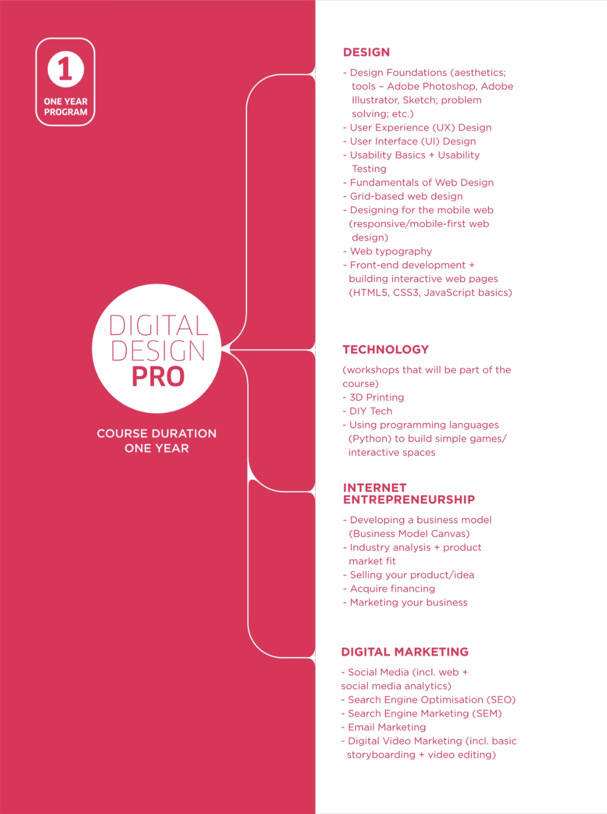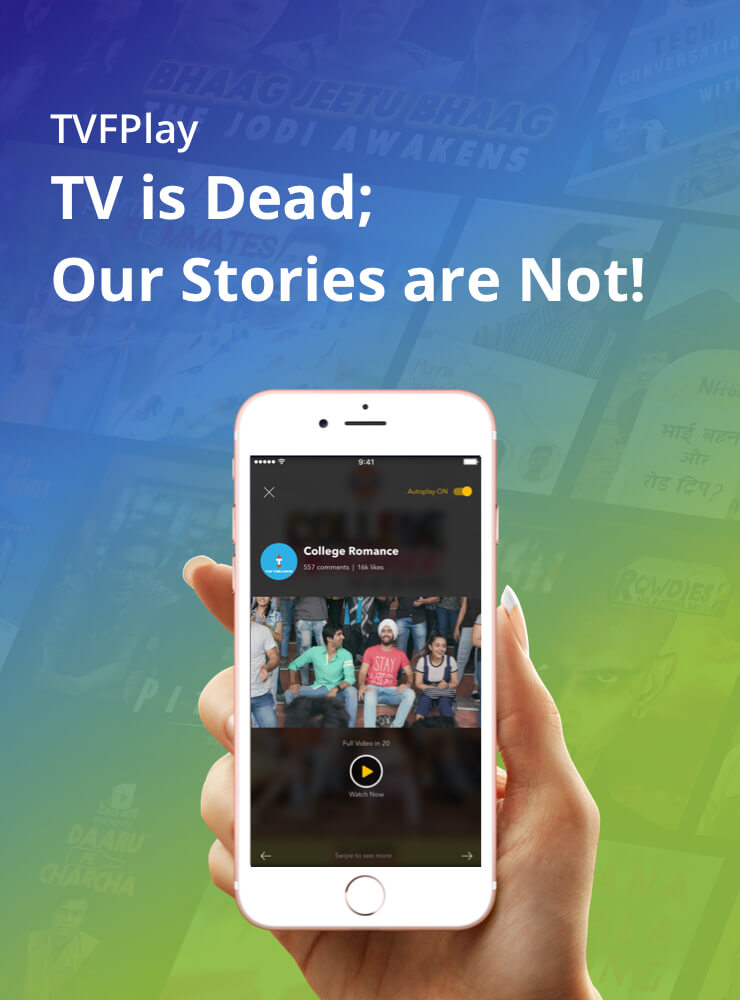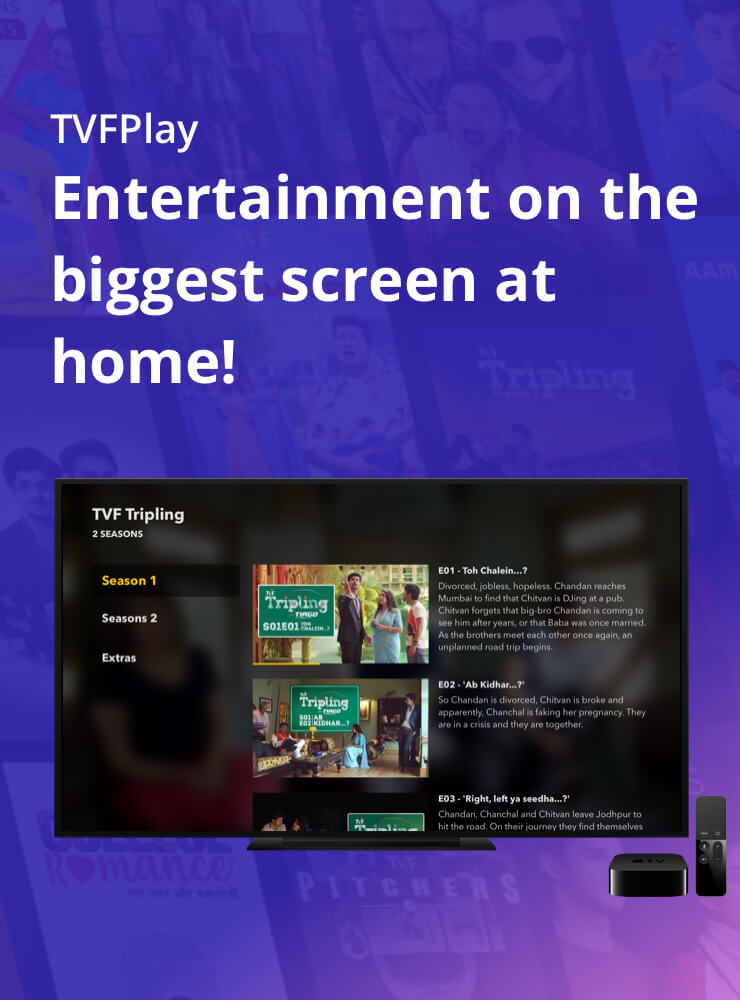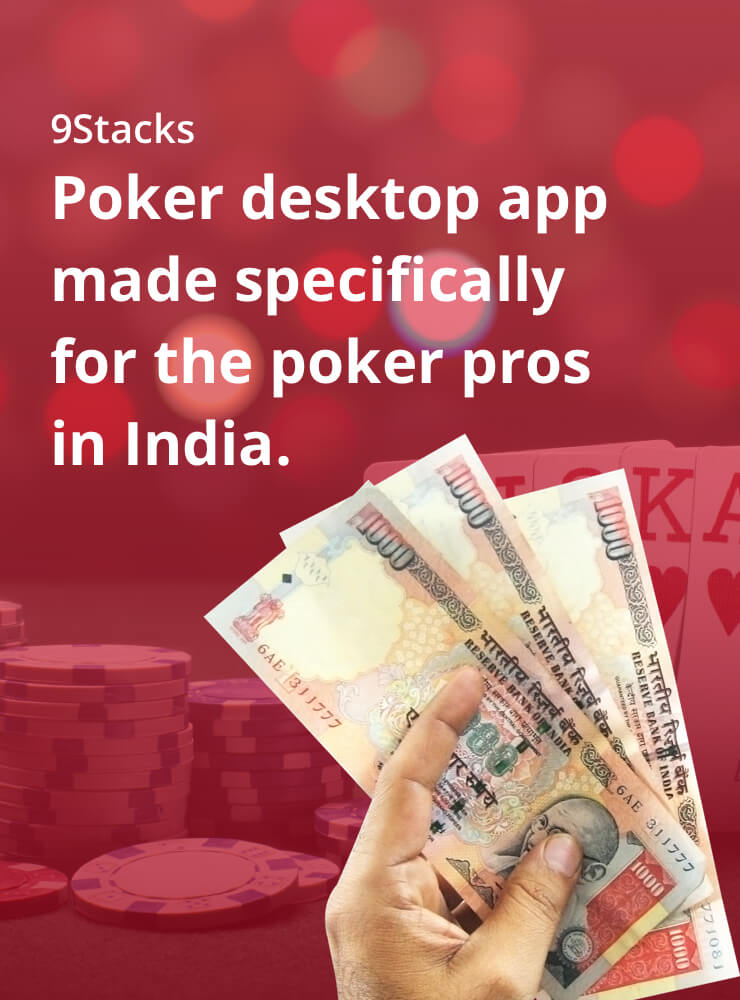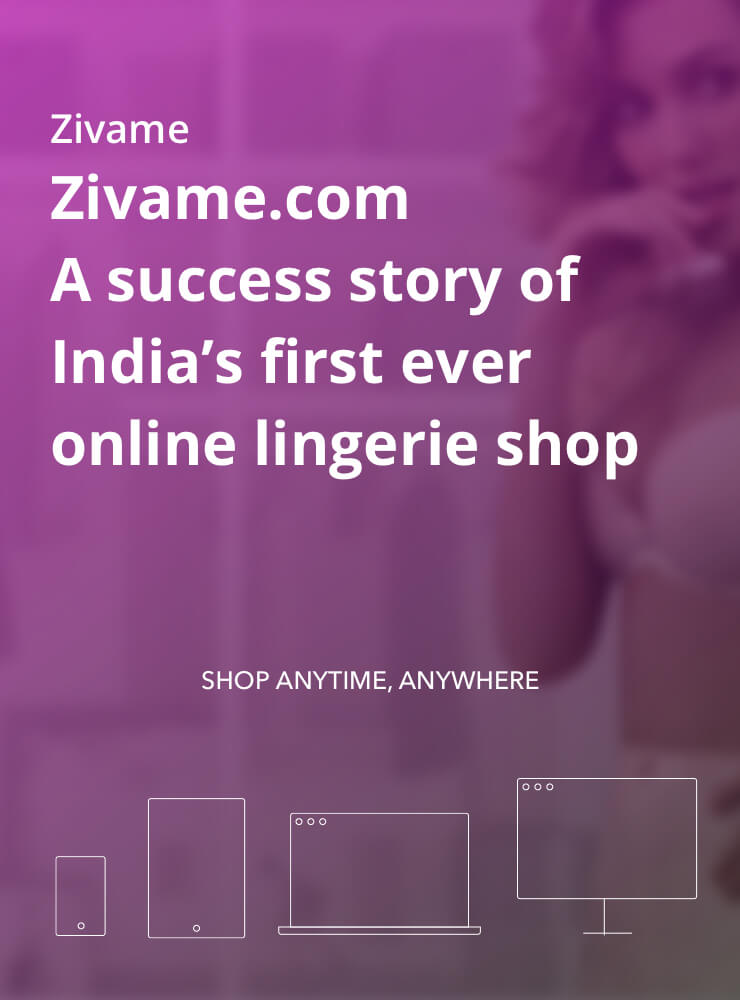Lesson Plans
Before getting started, I wanted to get a clear overview of who our users are, what are the current behaviour patterns and their motivations. I also wanted to understand the current competitive paradigm. Here are some research techniques I used for doing so.
Lesson Plan
Lesson #1: App Breakdown Challenge
During the course introduction, I challenged students to breakdown any one app they like & use daily. By understanding all the user flows, use cases & screens, students created a visual flow of all the app screens. I believe it was an important first step to actually see how deep the workflows run and how different product teams think of solutions while creating user journeys.
Lesson #2: App Branding
In this session, I covered the elements of app branding, product strategy & the process of product design. I touched upon typefaces, color palettes, logo design & other essensials of brand & styleguide design.
Lesson #3: Intro to Material Design
We all speak a language. It's how we communicate with each other. In the same way, UI also needs a medium through which it can communicate to the user. Material Design is a visual language. It's a system for uniting style, branding, interaction, and meaningful motion under a consistent set of principles. It's important to understand these principles and their implications from the perspective of design implementation.
Lesson #4: App Prototyping
In the last couple of sessions, we touched up on a number of topics in theory. During the 4th session, we actually started to put what we learned into practice. We started implementing the design process right from the user interviews all the way till prototyping.
Lesson #5: Design Tools
Continued from the last session, we got deeper into design tools such as Sketch & Figma for static layouts, invision for screen to screen prototyping & also AE/Principle for micro-interaction design. We also touched up on the design documentation during this session.
Lesson #6: Interaction Design
Next three sessions were solely about interaction design. We went over the core principles of animation, pricinples of grouping and grids, structure & a lot more. We also started using the prototyping softwares to create micro interactions. We started designing for motion.
At the end of the course, students made app prototypes based on the assignment brief. They went through the entire design process with me as their client. Some amazing ideas along with the beautiful design prototypes were presented & documented. That was one of the most fulfilling experiences of my life till date.
